Jungmyeongjeon Hall (중명전)
10.4Km 2025-01-09
41-11, Jeongdong-gil, Jung-gu, Seoul
+82-2-752-7525
Located near Deoksugung Palace, Jungmyeongjeon Hall is a red-brick modern Western-style building. It was built in 1899 as the imperial library of the Korean Empire. After Deoksugung Palace caught on fire in 1904, the place became the temporary residence of Emperor Gojong. It also witnessed the tragic part of history in which the infamous Eulsa Treaty (Japan-Korea Protectorate Treaty), an illegal treaty forced by Japan, was signed in 1905. Its exhibition hall serves as a place for historical education.
Sikdang Jin (식당진)
10.4Km 2021-03-29
5, Toegye-ro 22-gil, Jung-gu, Seoul
+82-2-755-7558
This is a Japanese home-style cuisine restaurant. The best menu at this restaurant is katsudon. This Japanese (cuisine) restaurant is located in Jung-gu, Seoul.
Olive Young - Myeongdong Jungang Branch [Tax Refund Shop] (올리브영 명동중앙점)
10.4Km 2024-06-27
1F, 18, Myeongdong 8na-gil, Jung-gu, Seoul
-
Jeongdong Guksi (정동국시)
10.4Km 2024-06-19
5 Jeongdong-gil, Jung-gu, Seoul
02-732-0114
Jeongdong Guksi features a rich soup with a clean taste, created by carefully removing the oil dozens of times while boiling Korean beef bones for 15 hours. The restaurant uses this same beef bone broth in their mandutguk (dumpling soup), something not many restaurants do. The rich flavor of the broth combined with the soft dumplings, made in-house daily, is a must-try. The restaurant is also surrounded by many cultural and artistic spaces, making it a great addition to tours in the area.
Hotel Prince Seoul (서울프린스호텔)
10.4Km 2021-03-25
130, Toegye-ro, Jung-gu, Seoul
+82-2-752-7111
Hotel Prince Seoul is located at the front of the Myeong-dong shopping district, and within a convenient distance from Namdaemun and Dongdaemun Markets, making the hotel a great place to stay for businessmen and shopping tourists alike. Right outside the hotel is Namsan Park, perfect for walking or jogging. In addition to the clean guestrooms, the hotel has a restaurant and business room facilities for small gatherings. The hotel's conference room is complete with a projector and screen for business presentations, with a computer and printer free to use. A shuttle bus operates between Incheon International Airport and the hotel for the convenience of all guests.
Seodaemun Independence Park (서대문독립공원)
10.4Km 2022-12-15
251, Tongil-ro, Seodaemun-gu, Seoul
+82-2-3140-8305
Seodaemun Independence Park was built on the former Seoul Detention Camp. It was used to imprison thousands of Korean independence activists until the liberation from the Japanese occupation on August 15, 1945, as well as the political prisoners during the political turmoil in the 1960s. When the prison was moved to Uiwang-si, Gyeonggi-do in November 1987, the area was restored and turned into a memorial park in August 15, 1992 to honor the sacrifices of the martyrs. The park preserves seven prison buildings, an execution ground, underground women’s prison, and the March 1st Movement Monument that has been moved from Tapgol Park in Jongno.
One of the most significant monuments of the Seodaemun Independence Park is Dongnimmun Gate (Independence Gate), which has been designated a Historic Site. Nearby is Dongnipgwan (Independence Hall), originally called Mohwagwan, which was used to greet Chinese envoys during the Joseon dynasty. Today, the hall enshrines 2,327 tablets inscribed with the names of Koreans who died for the cause of national independence. Standing right next to Dongnimmun Gate are the remnants of Yeongeunmun Gate, another Historic Site. Other sights inside the park include the Patriotic Martyr Monument, Declaration of Independence Monument, and Statue of Dr. Seo Jae-pil, who was an independence activist and publisher of Korea’s first independent newspaper. The main highlight of the park is the Seodaemun Prison History Hall, a former prison building that was renovated into a history museum.
Adidas Original - Myeongdong Branch [Tax Refund Shop] (아디다스오리지널 명동점)
10.4Km 2024-04-19
20, Myeongdong 8na-gil, Jung-gu, Seoul
-
National Meteorological Museum of Korea (국립기상박물관)
10.4Km 2024-03-26
52 Songwol-gil, Jongno-gu, Seoul
A museum where one can look at Korea's meteorological observation history and technological development through exhibitions. The museum has the world's first rain gauge, invented in 1441, in the early Joseon dynasty. The museum operates approximately 350 meteorological observatories across Korea and focuses on promoting the uniqueness and excellence of Korea's meteorological science. There are permanent collections and special exhibitions. The permanent collections focus on the history of meteorological science in Korea. At the same time, the special exhibitions take a closer look at the history and information about meteorological science and natural disasters (e.g., earthquakes) that occurred in various regions of Korea. There are experience programs related to meteorological science, such as making a rain gauge or learning about rain gauges.
Olive Young - Yeonsinnae Beomseo Branch [Tax Refund Shop] (올리브영 연신내범서)
10.4Km 2024-04-18
842, Tongil-ro, Eunpyeong-gu, Seoul
-
Jeongdong-gil Road (정동길)
10.4Km 2024-06-19
2-1 Jeongdong-gil, Jung-gu, Seoul
Jeongdong-gil Road is one of Seoul's most famous walking paths, stretching from the intersection in front of Jeongdong Church to Saemunan-gil Road. The street holds importance in Korea's modern history, with the surroundings serving as a living museum of this. During the Joseon dynasty, the area developed into a residental space for distant members of the royal family, with a palace and royal tombs in the area. In 1999, the pedestrian walking area was expanded by turning the two-way road into a one-way road. Since then, the road has earned many awards and honors.
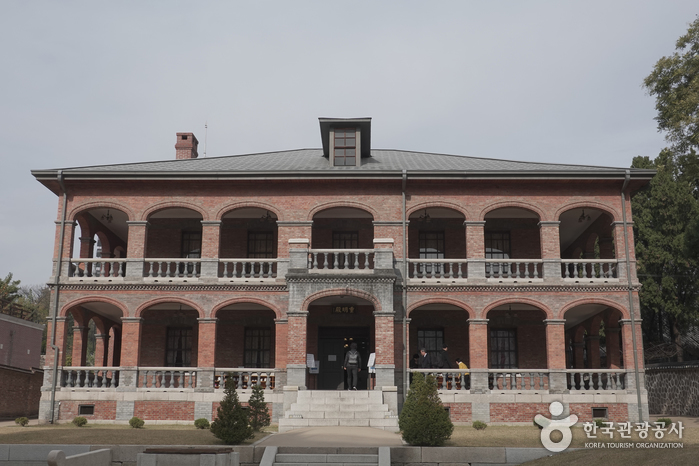
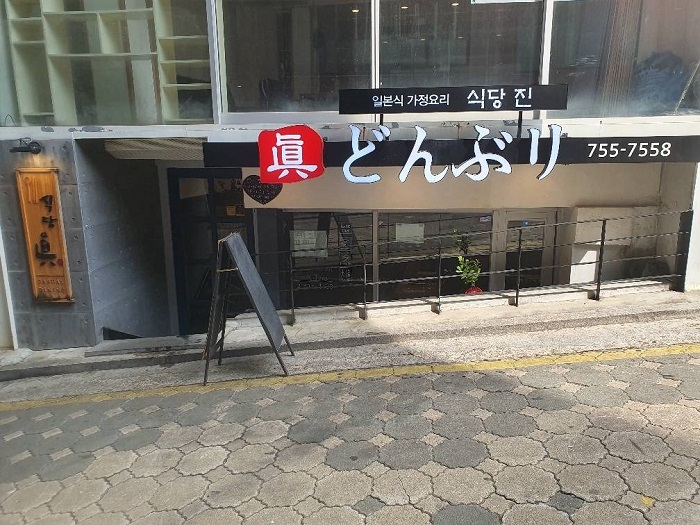

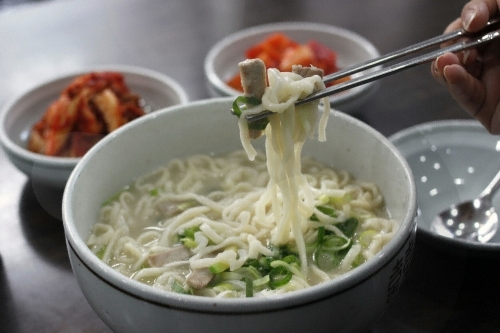
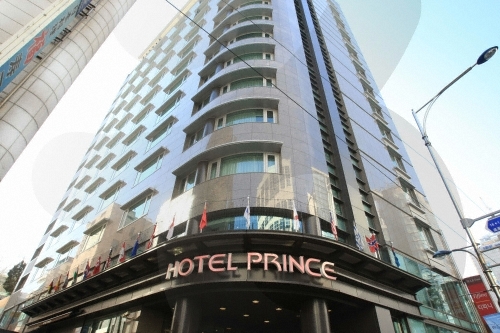
![Adidas Original - Myeongdong Branch [Tax Refund Shop] (아디다스오리지널 명동점)](http://tong.visitkorea.or.kr/cms/resource/39/2878639_image2_1.jpg)
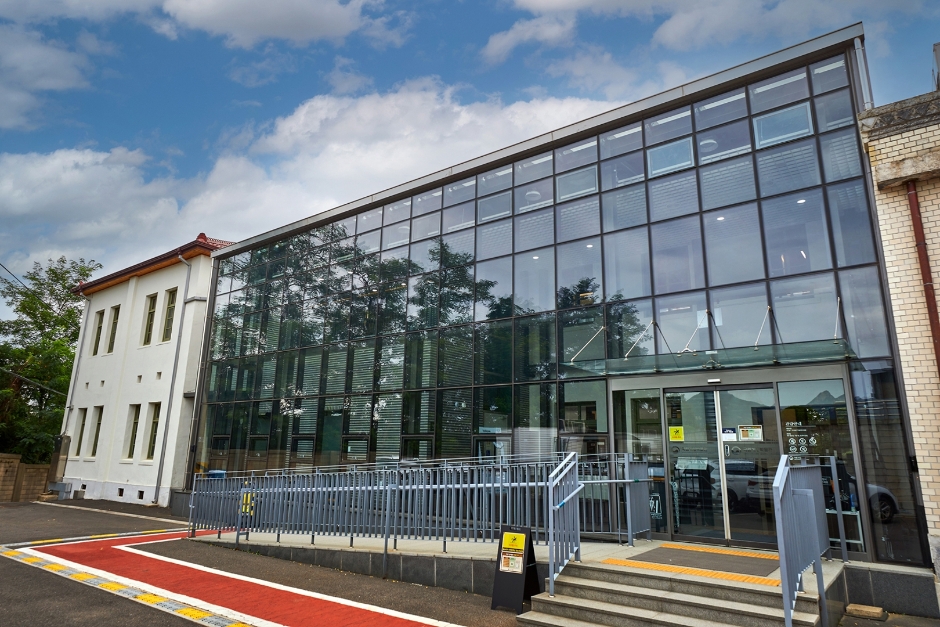
![Olive Young - Yeonsinnae Beomseo Branch [Tax Refund Shop] (올리브영 연신내범서)](http://tong.visitkorea.or.kr/cms/resource/83/2889383_image2_1.jpg)
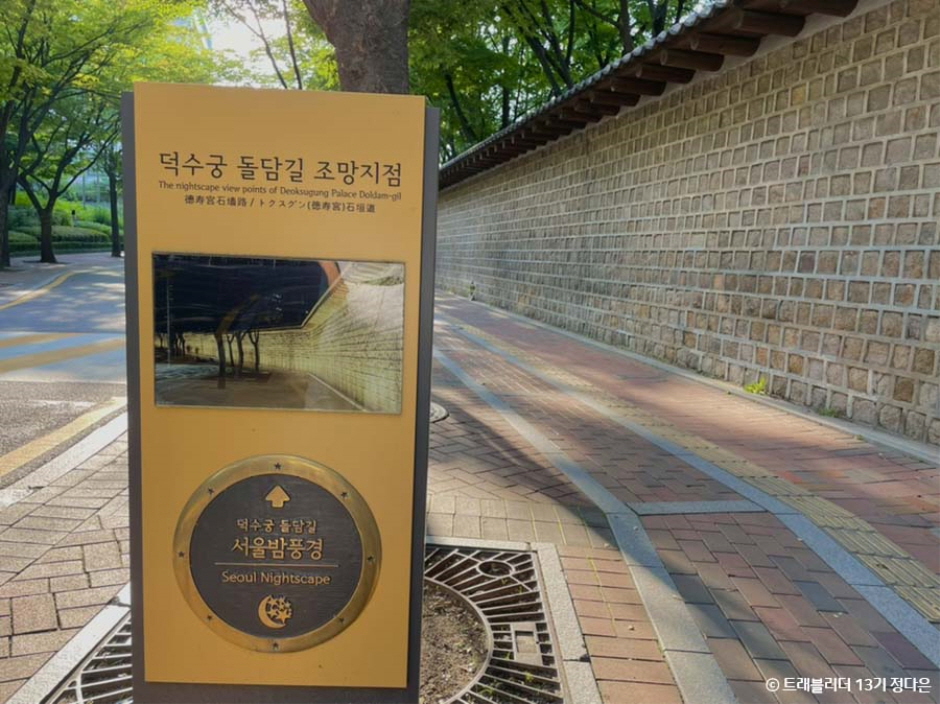
 English
English
 한국어
한국어 日本語
日本語 中文(简体)
中文(简体) Deutsch
Deutsch Français
Français Español
Español Русский
Русский